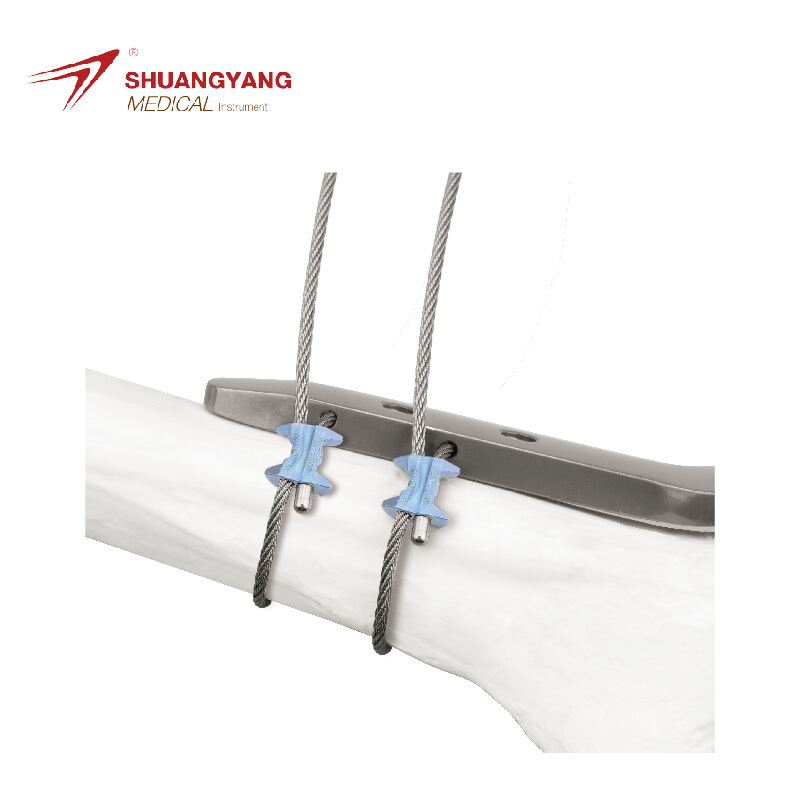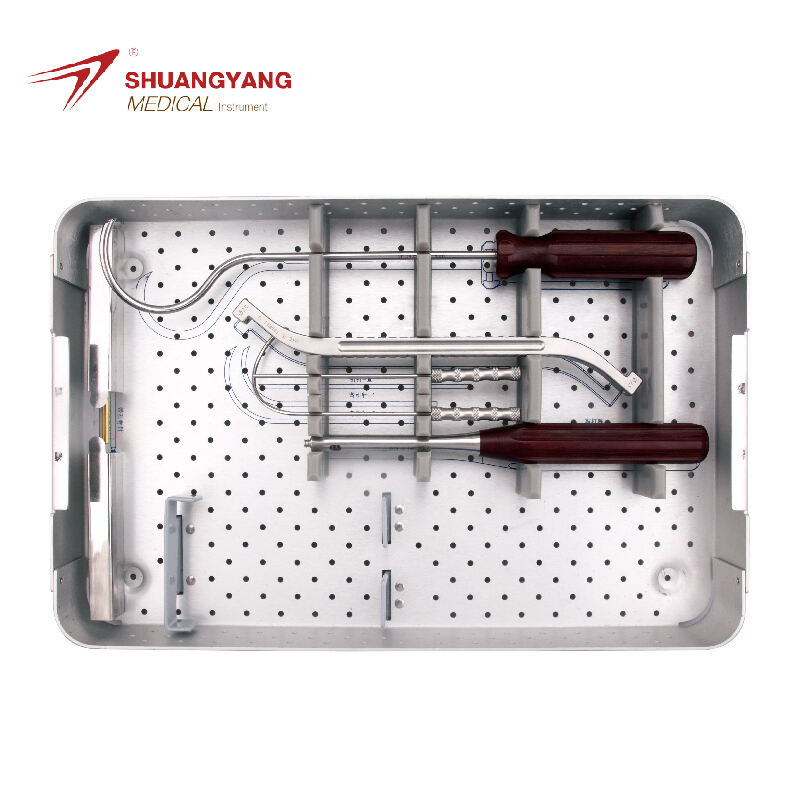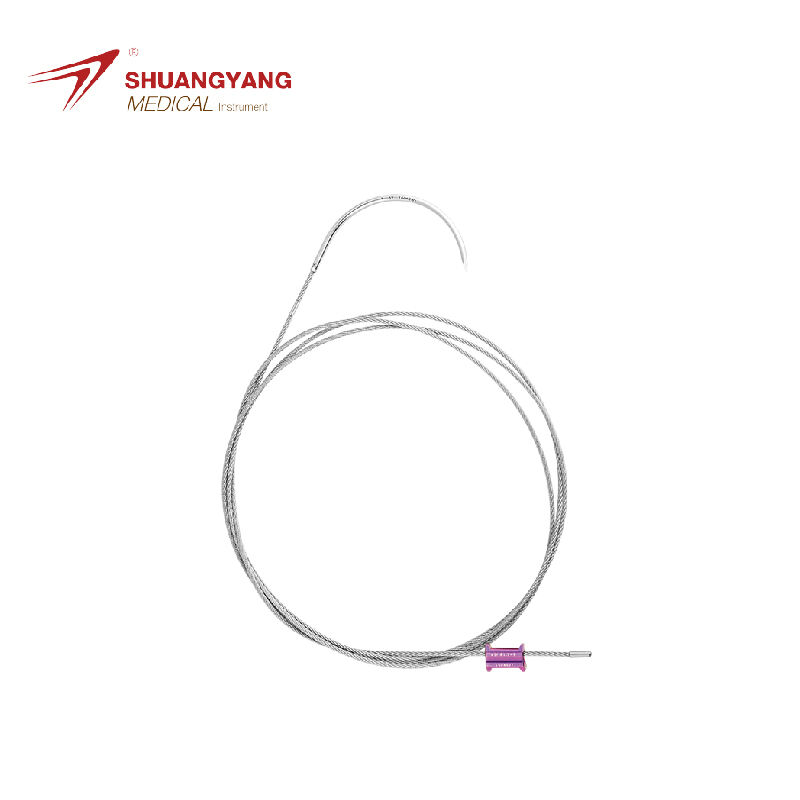distal radius fracture volar plate
The distal radius fracture volar plate is a medical implant designed to stabilize the wrist after a fracture. Its main function is to maintain the alignment of the radius bone, enabling proper healing. Technological features include a low-profile design made from biocompatible materials, which minimizes patient discomfort and reduces the risk of tissue irritation. The volar plate is inserted through a small incision, allowing for a less invasive surgical procedure. It's primarily used in the treatment of distal radius fractures, a common wrist injury. The plate's design promotes quicker recovery times and better overall outcomes for patients, making it an essential tool in orthopedic surgery.


